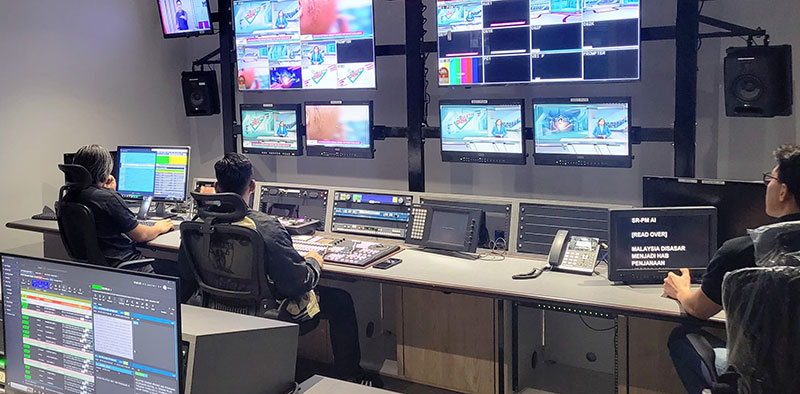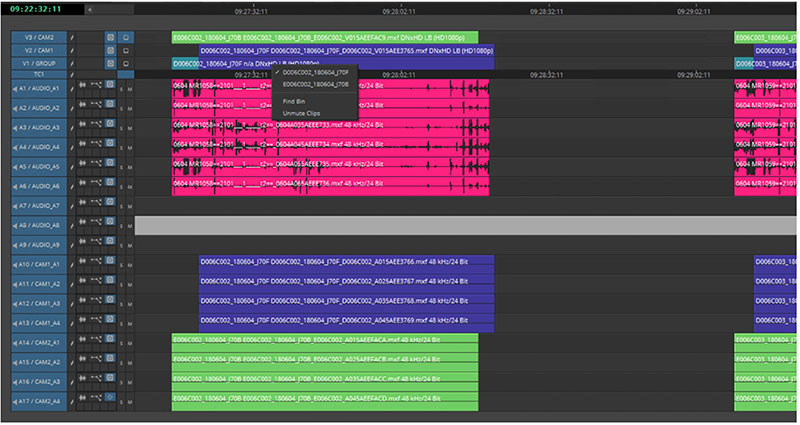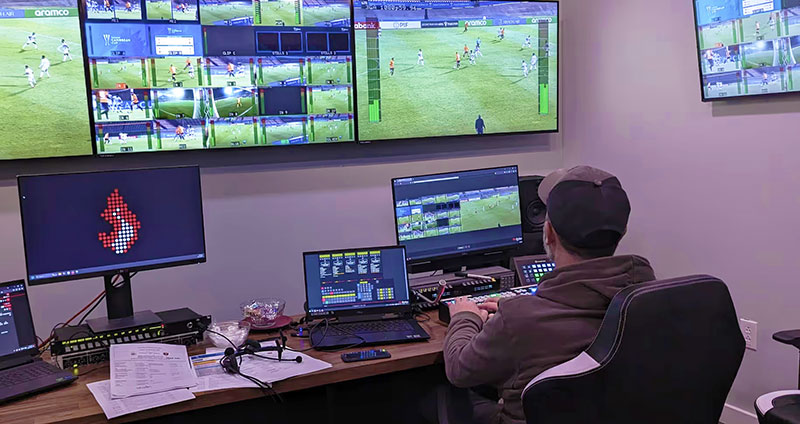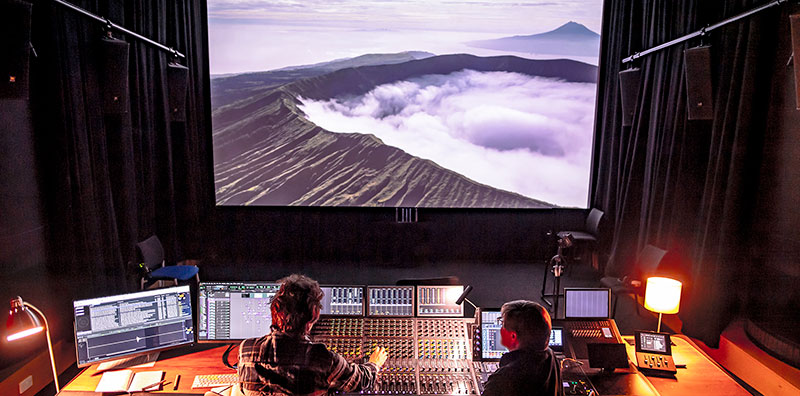Leostream Remote Desktop Access Platforms new release 2025.1 is a major upgrade covering security, control, performance and scaling, plus native support for Red Hat Enterprise Linux 9.

The Leostream Remote Desktop Access Platform, now updated to release 2025.1, includes new features for security, control, performance and scaling up, plus native support for Red Hat Enterprise Linux 9.
Platform 2025.1 now has more options to integrate cloud services, more control of high-performance display protocols and other updates that make Leostream a practical choice for digital workstation management in multi-vendor, multi-cloud/any-cloud and hybrid environments.
The new version improves cloud resource provisioning for better performance and expanded monitoring of virtual machine power states and remote sessions. Leostream notes that large enterprises in particular will see these changes reflected immediately for provisioning in the cloud at scale.
Standardising on RHEL 9
As organisations transition away from Red Hat Enterprise Linux 8 (RHEL 8), which is now in maintenance support phase until 2029, and standardise on RHEL 9, both the updated Leostream Platform Connection Broker and Gateway can now install and run on RHEL 9 and its derivatives, such as Rocky and Alma Linux. Users no longer need to use Windows to run the management plane and can manage the underlying Linux operating system based on their standard corporate policies.
The Gateway accesses virtual or hosted resources, both on-premises and in the cloud using Microsoft RDP or another display protocol, without relying on a VPN, while Connection Broker is Leostream’s software layer that sits on top of the entire IT environment and allows users access to resources remotely.
Platform 2025.1 now uses more components of Linux natively, instead of including those packages as part of the platform’s installation process. This means organisations can apply security patches and upgrades to those components, and to the underlying OS, according to their security requirements.
RHEL9 Connection Broker
The RHEL 9 Connection Broker also includes several new security enhancements based on feedback from customers. For example, the Connection Broker can now use the version of PostgreSQL that is installed by the operating system, instead of including the PostgreSQL package as part of the Leostream RPM. This creates a ‘postgres user’ on the machine who serves as the superuser. As a result, the ‘leo user’ no longer requires superuser-level permissions.

Because of these extensive changes, the updated Connection Broker does require a new installation rather than an in-app upgrade, but users can migrate their existing Leostream configurations to the new Connection Broker, which makes the process relatively simple.
As RHEL 8 nears the end of its lifecycle, existing Leostream Platform deployments on RHEL 8 will be maintained with bug fixes for one year to support customers who need time to plan their upgrades. Future feature work will be performed on the RHEL 9 version only. The RHEL 9 version of the Connection Broker also removes legacy functionality and third-party integrations.
AWS Environments
As well as better support for large-scale cloud provisioning for performance, flexibility and efficiency, Platform 2025.1 improves the user experience while working with GPU-enabled instances in AWS, which can take longer to power cycle.
Leostream has also added new ways to manage Amazon DCV, the display protocol often used in HPC environments and imaging or video applications. Platform 2025.1 gives administrators more control over how it establishes the user’s DCV session and can manipulate the DCV permissions for each session.
Identity Tracking and Session Recording
A core feature of the Leostream Platform is managing identities in their hosted desktop environment. In many deployments, such as large enterprises and educational institutions, generic usernames may be used to log into and access certain resources rather than unique identities – for example, ‘student1’ versus the student’s IT-assigned Active Directory identity of individual username and password.
In these scenarios for Amazon DCV connections, Platform 2025.1 can be configured to map the ‘student1’ user to the username and password that logged into Leostream. This adds a level of audit tracking, and shows which specific user is accessing resources even with a generic username.
For HTML5 sessions launched through the Leostream Gateway, Platform 2025.1 introduces a new preview feature to record users’ remote sessions. These sessions can then be viewed by administrators to ensure appropriate resource usage, and stored for auditing purposes. Existing Leostream customers can contact Leostream to enable this new functionality.
“As large enterprise installations become the rule rather than the exception, it’s imperative that the Leostream Platform continue to rise to the occasion of increasing security, control, performance, and scalability as well as support for the new operating systems,” said Karen Gondoly, Leostream CEO. “Our engineering team, with the assistance and feedback of our customers, has implemented substantial updates in 2025.1 that enable the most modern and advanced digital workstation management.”
Leostream Platform 2025.1 is available now via solution providers, channel partners, and direct from Leostream. Versions for Amazon and Azure marketplaces will follow. Current customers can update at no additional cost. leostream.com




















